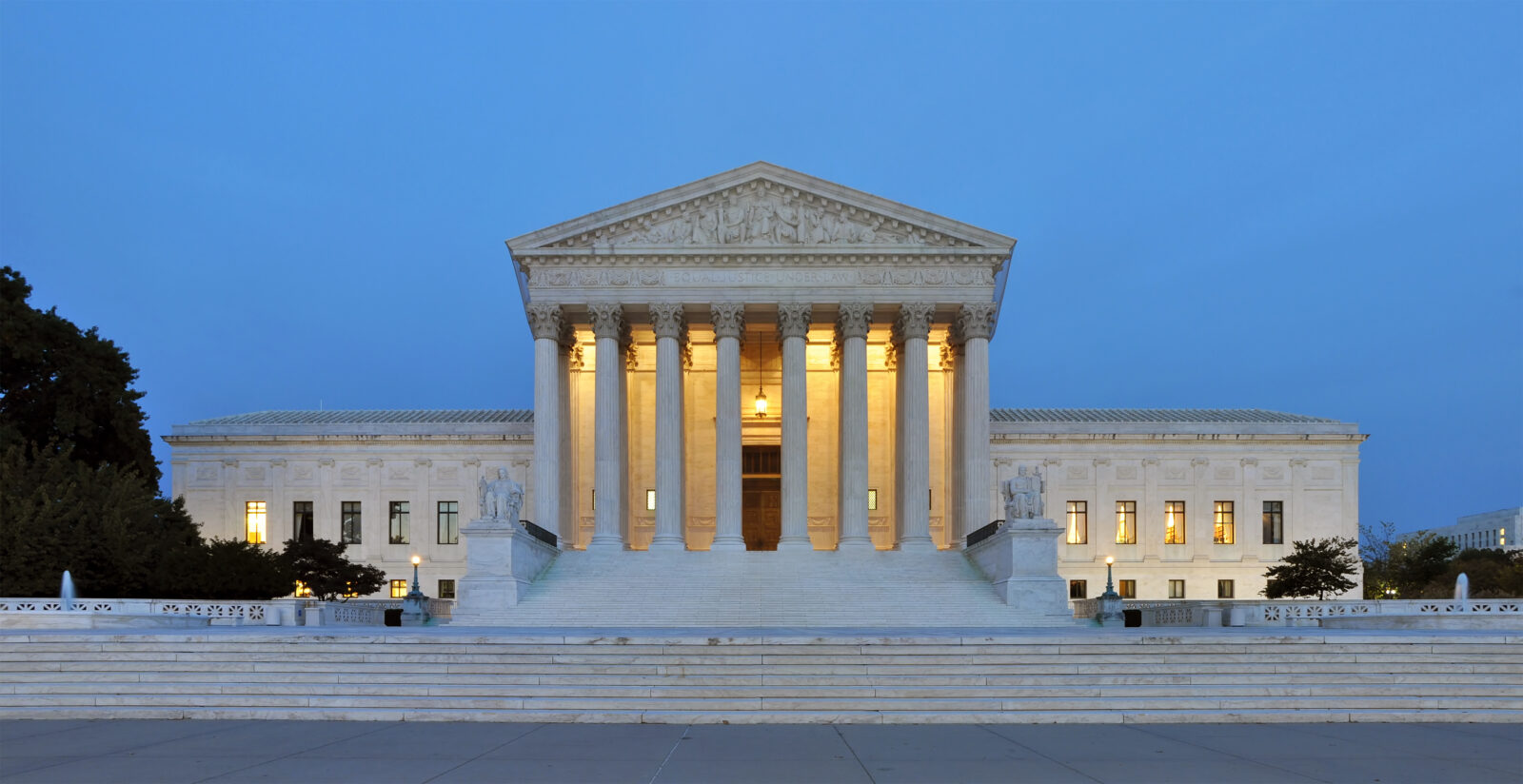When Was the Supreme Court Established: A Brief History
Unraveling the Origins of the United States Supreme Court
The United States Supreme Court holds a significant place in the country’s legal system, but have you ever wondered when it was established? In this article, we will delve into the fascinating history of the Supreme Court, exploring its origins, development, and pivotal moments that have shaped its role in American jurisprudence.
The Birth of a Nation
The roots of the Supreme Court can be traced back to the formation of the United States itself. Established on September 24, 1789, the Supreme Court was born out of necessity. The framers of the U.S. Constitution realized the need for a judicial body that would interpret and apply the law consistently across the newly formed nation.
Early Foundations: The Judiciary Act of 1789
To give life to the concept of the Supreme Court, the Judiciary Act of 1789 was passed by Congress and signed into law by President George Washington. This landmark legislation not only created the Supreme Court but also established the framework for the federal court system. John Jay became the Court’s first Chief Justice, and the Court initially consisted of six Associate Justices.
The Supreme Court’s Evolving Role
As the United States grew and faced various challenges, the Supreme Court evolved in its role. Marbury v. Madison, a landmark case in 1803, firmly established the Court’s power of judicial review, allowing it to review and potentially invalidate actions of the other branches of government if they were found to be unconstitutional.
The Civil War and Reconstruction Era
The Supreme Court played a pivotal role during the Civil War and the subsequent Reconstruction era. Landmark decisions such as Dred Scott v. Sandford (1857) and the post-Civil War amendments (the 13th, 14th, and 15th Amendments) significantly impacted the nation’s legal landscape.
Expanding the Bench
Over the years, the number of Supreme Court Justices has fluctuated. Initially, there were six, but that number gradually increased to nine. Today, the Court consists of one Chief Justice and eight Associate Justices.
The Court in the Modern Era
The Supreme Court has continued to shape American society through its decisions on crucial issues such as civil rights, voting rights, and reproductive rights. Landmark cases like Brown v. Board of Education (1954), Roe v. Wade (1973), and Obergefell v. Hodges (2015) have left a lasting impact on the nation.
Recent Nominations and Controversies
In recent years, Supreme Court nominations have become highly contentious and partisan. The appointment process has garnered significant attention, as presidents and senators engage in intense debates over the Court’s ideological balance.
Conclusion
The United States Supreme Court, established in 1789, has undergone a remarkable transformation over the centuries. From its humble beginnings with a handful of Justices, it has grown into a powerful institution that shapes the nation’s legal landscape. Through wars, social movements, and shifting political landscapes, the Court remains a pillar of American democracy.
FAQs
- How many Justices are currently serving on the Supreme Court?
- As of September 2023, there is one Chief Justice and eight Associate Justices serving on the Supreme Court.
- Can the Supreme Court’s decisions be overturned?
- While the Supreme Court’s decisions are final, they can be overturned by subsequent Supreme Court decisions or through a constitutional amendment.
- Who was the first Chief Justice of the United States Supreme Court?
- John Jay served as the first Chief Justice of the Supreme Court.
- What is the significance of the Marbury v. Madison case?
- Marbury v. Madison established the Court’s power of judicial review, allowing it to review and potentially invalidate actions of the other branches of government if they were found to be unconstitutional.
- How has the Supreme Court’s role evolved over time?
- The Supreme Court’s role has evolved to include the power of judicial review, making it a significant player in interpreting and upholding the U.S. Constitution.







